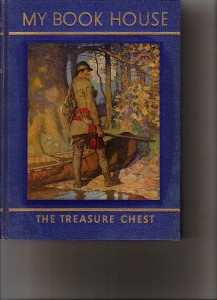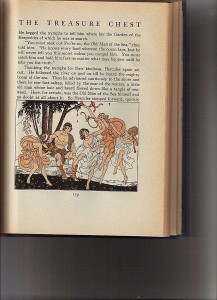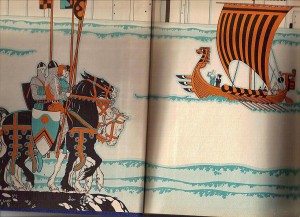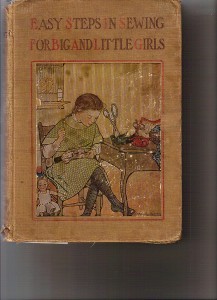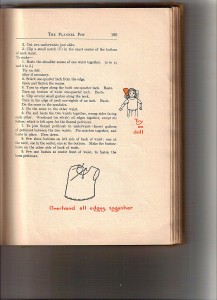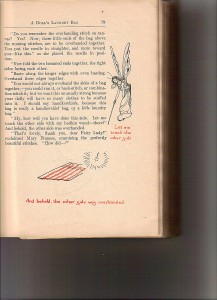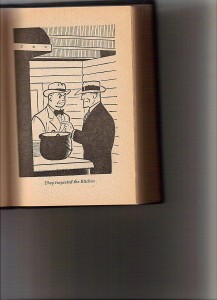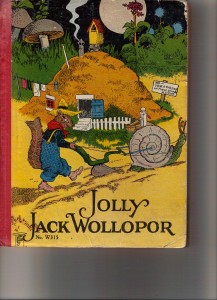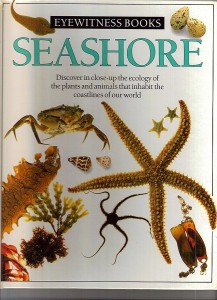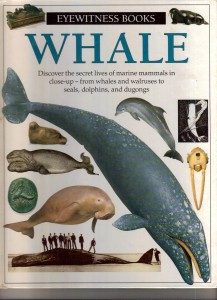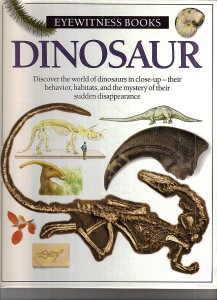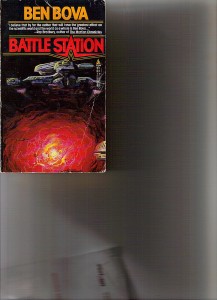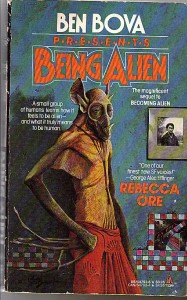I once ran a kitchen at an isolated retreat center in Washington state. The primarily vegetarian food we served three meals a day seven days a week was the only game in town. Eat it or go hungry. This is what I learned from that experience: if you want to ignite a powder keg under a group of seemingly good people take away their power to control their own food. Community staff members once argued for three hours at a meeting about whether or not sugar dispensers should be allowed to remain on the tables. When the wife of one staff member told me her husband hated onions, a vegetable we put in almost every single dish we made, I began making him small “onion-free” portions. After the first meal, her husband came into the kitchen to thank me and broke down crying. It is alittle unnerving to see a middle age man cry over the lack of onions. Anyone who has tried to make a toddler eat an despised vegetable knows that food wars are not limited to isolated communities.
Issue of food intrigue me. All you have to do is Google “what is the healthiest diet for humans” and peruse the 1.5 million hits to see that others share my interest. It would seem that there is no bigger divide in the food world than that between those who are carnivores (meat eaters) and vegetarians (non-meat eaters). But even here it is hard to have a discussion regarding the merits of either one because there are no hard and fast rules for what constitutes a vegetarian. (You know what I mean, all those “vegetarians” you have met who eat “only chicken and fish”.) According to the Online Oxford Dictionary a vegetarian is “a person who does not eat meat or fish, and sometime other animal products, for moral, religious, or health reasons.” But even within this definition you can have diets that are vegan (no meat as well as no dairy, eggs, and sometimes honey products) or raw foodies who eat only live food (uncooked, unprocessed, mostly organic food).
When I need help deciphering the ins and outs of an issue, I turn to the shelves of East Side Books. In this case, to the section called Food Issues and, of course, our Vegetarian Section. From what I can tell, people are drawn to vegetarianism for one or more of the following three reasons: ethical, health, or for frugality. (There are also some religions that enspouse some types of vegetarian diet such as Seventh Day Adventist and Hindus, but I’m not going to mix religion with book reviews.)
Ethical Vegetarianism
Most people know by now that the production of beef needed to sustain our current consumption takes an enormous toll on the environment. (According to www.earthsave.org, it takes 12 pounds of grain, 55 square feet of rainforest, and 2500 gallons of water to product one pound of beef.), but when Frances Moore Lappe published Diet for a Small Planet in 1971, her ideas linking how we eat to the health of our planet were groundbreaking news. If you have any interest in vegetarianism, Lappe’s enduring bestseller is a place to start. She emphasizes the importance of eating a plant-centered diet for the ecological health of our planet. Her next book, Food First, broadens the conversation to include the issue of the impact of food production practices on global hunger.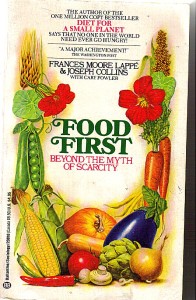
About 15 years after Lappe made a splash with Diet for a Small Planet, John Robbins entered the scene with his powerful book Diet for a New America. Robbins, the son of one of the founders of Baskin-Robbins, detached himself from his family’s business and became a vocal advocate for a plant-based, vegan diet for personal and environmental health. His opinion is that the meat and dairy industries are responsible for the decline of human health as well as the world hunger crisis. Diet for a New America has sold over a million copies and was nominated for a Pulitzer Prize. Robbins wrote The Food Revolution in 2001, which discusses factory farming, the problems of genetically modified food, and the importance of buying organic.
If environmental vegetarianism interests you, check out www.meatlessmondays.com . Sponsored by a non-profit initiative in association with Johns Hopkins Bloomberg School of Public Health, their goal is to “help reduce meat consumption by 15% in order to improve personal health and the health of our planet.” Don’t be surprised to see Lappe and Robbins’ names pop up frequently throughout their website.
East Side Books has a number of Lappe and Robbins books in our Food Issues Section.
Vegetarianism for Health
Some people are drawn to vegetarianism for the health benefits of eating low on the food chain. If you want to find out how a high-fiber, low fat vegetarian diet can help you, check out Eat More, Weigh Less by Dean Ornish, M.D. Ornish, a cardiologist, believes that the healthiest diet is one that emphasizes beans, fruit, grains, and vegetables while avoiding dairy (except for nonfat dairy in moderation), fats, sugar, alcohol, and meat. Eat More, Weigh Less can be found in our Diet Section.
In Diet for a Small Planet, Lappe to introduced the idea of “protein combining,” the practice of combining foods such as rice and beans, to make a complete protein, a necessity for vegetarians. She includes a whole section on how to practice healthy vegetarianism and supplies recipes as well. May All Be Fed by John Robbins offers information on the health benefits of a vegan diet and a wide range of vegan recipes developed by Chef Gia Patton.
Vegetarianism to Save a Buck
Let’s face it, a bag of rice and a couple cans of beans are going to cost a lot less and make more a lot more meals than one good top sirloin. Meat and dairy products are expensive, even compared to the cost of buying organic fruits and vegetables. In our current economic climate (don’t you never want to hear that phrase again?), stretching a dollar is more important than ever. To help you expand your meatless recipe collection beyond pasta and grilled cheese sandwiches, check out the cookbooks in our Vegetarian Section located directly under Food Issues. Two of my favorite cookbooks are the classic Moosewood Cookbook by Molly Katzen and The Vegetarian Epicure by Anna Thomas.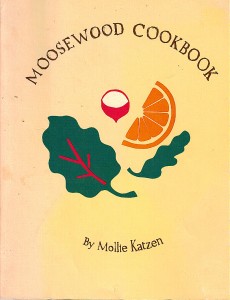
My copy of Moosewood Cookbook is held together by silver duct tape, and loses pages every time I open it, but you couldn’t pay me to give it up. This cookbook was the bible at the retreat center kitchen where I worked, and for good reason. The New York Times has listed Moosewood Cookbook as one of the top ten best selling cookbooks of all time. Each recipe is easy to follow yet has a special spin that helps it stand out from your usual vegetarian fare. I especially love the handlettering that make up the text of the book. I have to say that The Vegetarian Epicure, while not as well known as the famous Moosewood Cookbook, is possibly an even better cookbook. Some of my most memorable cooking experiences have come from the pages of this book. There is also The Vegetarian Epicure Book Two.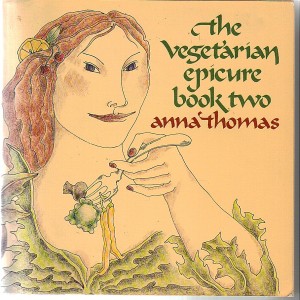
Also, when cooking vegetarian fare, don’t be afraid to veer from the vegetarian cookbooks. Most recipes can be easily adapted to fit within your own type of vegetarianism. For example, many of the recipes in The Thousand Recipe Chinese Cookbook by Gloria Bley Miller can substituted tofu for any meat or fish. Beans are a staple in many Mexican dishes and many helpful recipes can be found in The Cuisine of Mexico by Diana Kennedy. In many Italian dishes, meat can be omitted completely. Check out Lidia’s Family Table and A Taste of Italy for some great recipe ideas.
What you eat and why is a very personal decision that each person must make for themselves. As always, at East Side Books, we have shelves full of quality books at bargain prices to help you wind your way through any complicated issue. If you need any assistance, please ask one of our staff.
P.S. from Diane,
I just had to add these images from a “vintage” vegetarian book that just came in…don’t those lentil linkettes look delicious? 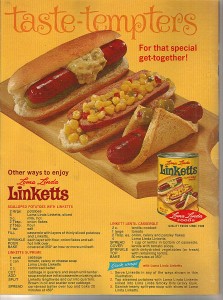 The articles though, written in 1973, still look relevant and informative, but you may have to try Boca burgers instead of the linkettes!
The articles though, written in 1973, still look relevant and informative, but you may have to try Boca burgers instead of the linkettes!
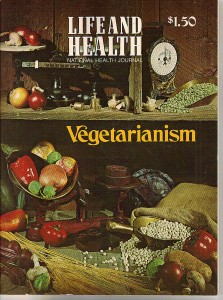
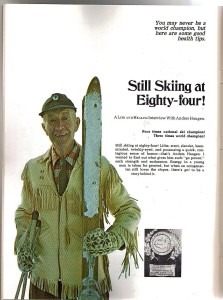
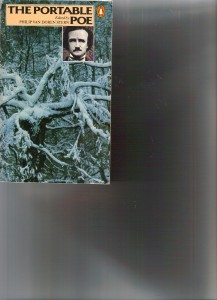
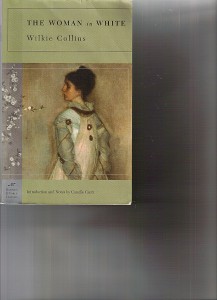
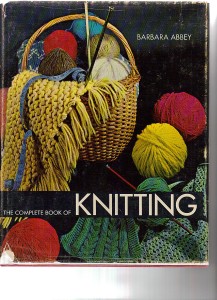
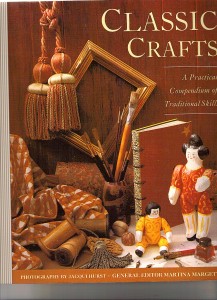
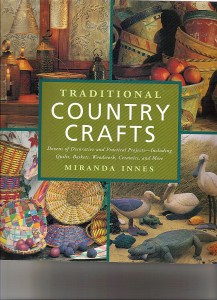
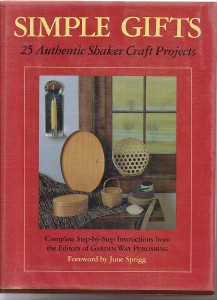
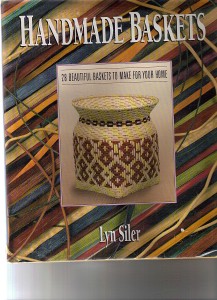
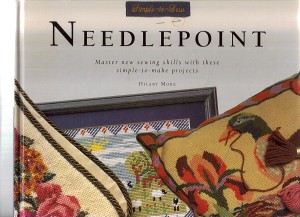
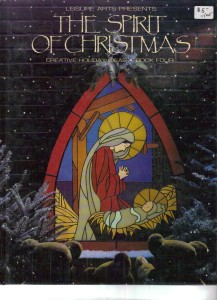
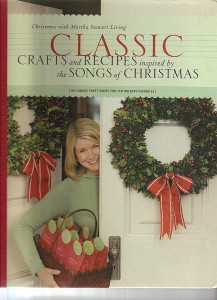
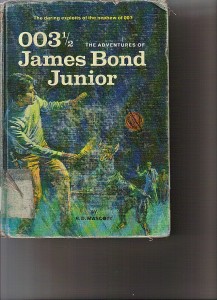
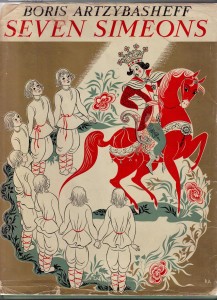
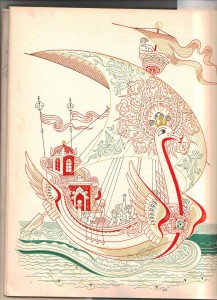

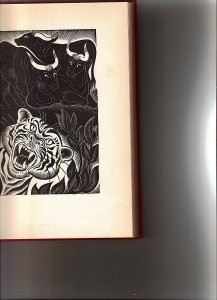
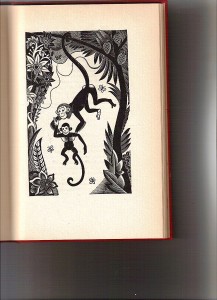
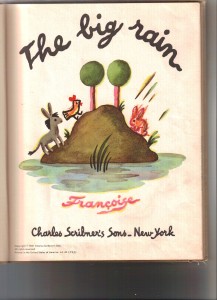
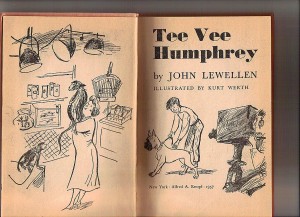
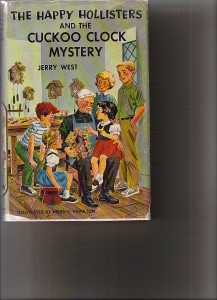
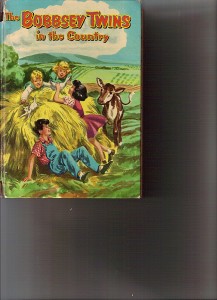 While checking out the very bottom shelves, Diane showed me the incredible
While checking out the very bottom shelves, Diane showed me the incredible 